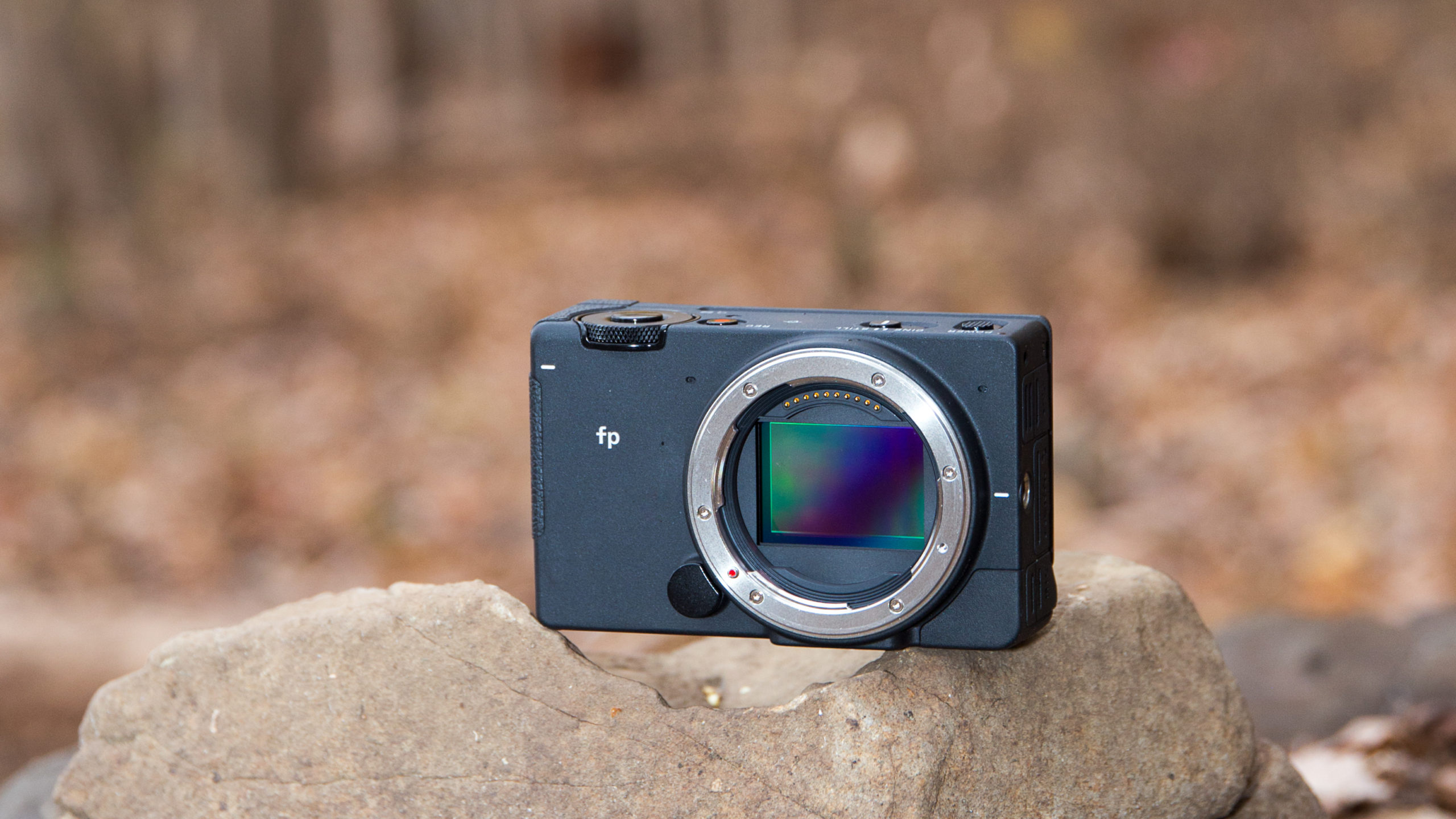

Finally, because there’s no right-side grip I kept accidentally changing the setting on the rear control wheel, which controls exposure biasing in most exposure modes in its default setting. Sigma offers a $292 LCD viewfinder, which covers the camera’s LCD screen and provides 2.5X magnification, but it more than doubles the size of the camera. There’s no electronic viewfinder, not even an optional one. There is no hot shoe or PC-type sync connection, so you must use the supplied Hot Shoe Unit HU-11, which also doubles as a locking device for an HDMI cable. The maximum sync speed for flash is 1/30 second, and if you choose the 14-bit raw mode, max sync speed drops down to 1/15 second.
#SIGMA FP HOW TO#
The camera is not without its operational quirks, but once you learn how to use it, it’s quite fun.Īs a still camera, the fp has some notable limitations.

Image quality, when paired with Sigma, Leica, or Panasonic L-mount lenses, is exceptional. The big idea behind the small body is to use it as a foundation for building up the camera for the user’s intended purpose. There are three 1/4"-20 threaded sockets, one on each side of the camera and one on the bottom. Rubber doors on the left side of the body conceal a USB-C port, a multi-function connection, a micro-HDMI port, and a 3/8-inch microphone jack.


A large, touch-sensitive high-resolution LCD monitor dominates the camera’s backside and is cooled by vents on three sides. The spring-loaded buttons and two control wheels feel good, and the sliding power and cine/still mode switches lock firmly into position. It’s worth spending an hour or so learning to use them to set up the camera for different workflows and getting used to which do what in various shooting modes. With only 15 physical controls (five on top, five on the right side of the back panel, and five recessed along the bottom of the back panel), several serve multiple functions. The design lacks a hot shoe and an electronic viewfinder, but more on those aspects later. A locking door in the camera’s base protects the single SD-type media slot and battery. All 15 physical controls are clearly marked and separated. It’s clear that Sigma’s designers put a lot of thought into how photographers and filmmakers can maximize the fp’s minimalist, brick-like design. An optional Sigma MC-21 adapter allows photographers to use a wide range of Canon EF-mount lenses as well, and a newly announced MC-31 converter will allow users to adapt PL-mount cine lenses to the fp and other L-mount cameras. The fp uses L-mount lenses, of which there are 47 at the time of this writing. Part of that power is its compatibility with a vast array of excellent glass. Measuring slightly less than 4.5x2.75x1.785 inches and weighing a scant 13 ounces, the camera is packed with a lot of image-making power. The full-frame 24.6-megapixel, 4K UHD-capable Sigma fp caused a stir when it was introduced last year.


 0 kommentar(er)
0 kommentar(er)
